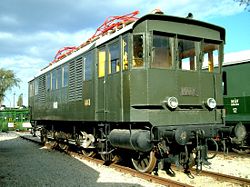Types
A rotary phase converter (RPC) may be built as a motor–generator set. These completely isolate the load from the single-phase supply and produce balanced three-phase output. However, due to weight, cost, and efficiency concerns, most RPCs are not built this way.
Instead, they are built out of a three-phase induction motor or generator, called an idler, on which two of the terminals (the idler inputs) are powered from the single-phase line. The rotating flux in the motor produces a voltage on the third terminal. A voltage is induced in the third terminal that is phase shifted from the voltage between the first two terminals. In a three-winding motor, two of the windings are acting as a motor, and the third winding is acting as a generator. Since the third, synthesized phase is driven differently from the other two, its response to load changes may be different causing this phase to sag more under load. Since induction motors are sensitive to voltage imbalance, this is another factor in de-rating of motors driven by this type of phase converter. For example, a small 5% imbalance in phase voltage requires a much larger 24% reduction of motor rated power. [1] Thus tuning a rotary phase converter circuit for equal phase voltages under maximum load may be quite important.
This page is based on this
Wikipedia article Text is available under the
CC BY-SA 4.0 license; additional terms may apply.
Images, videos and audio are available under their respective licenses.



